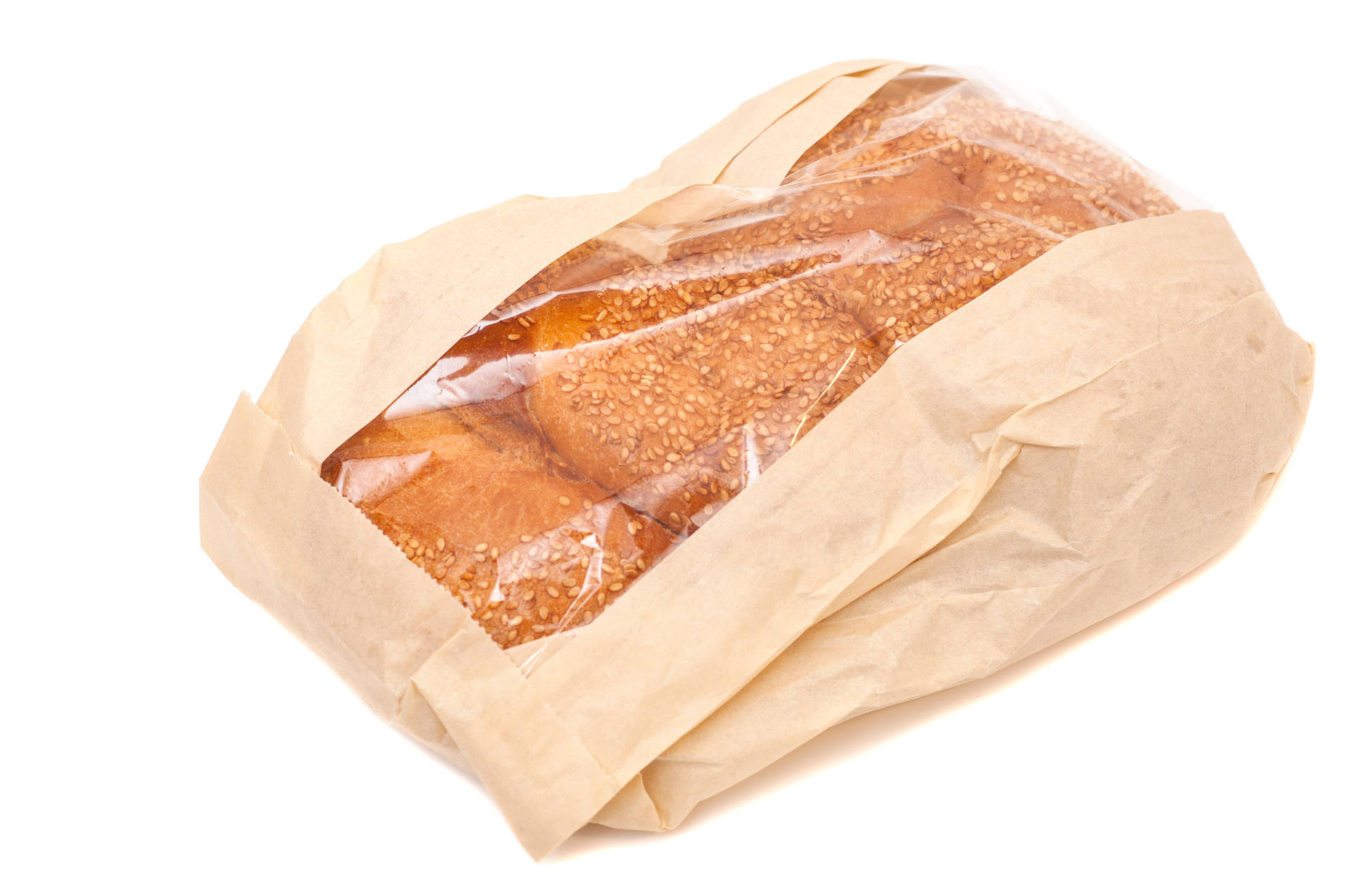GREEN
False myths
Our thoughts
Our solutions

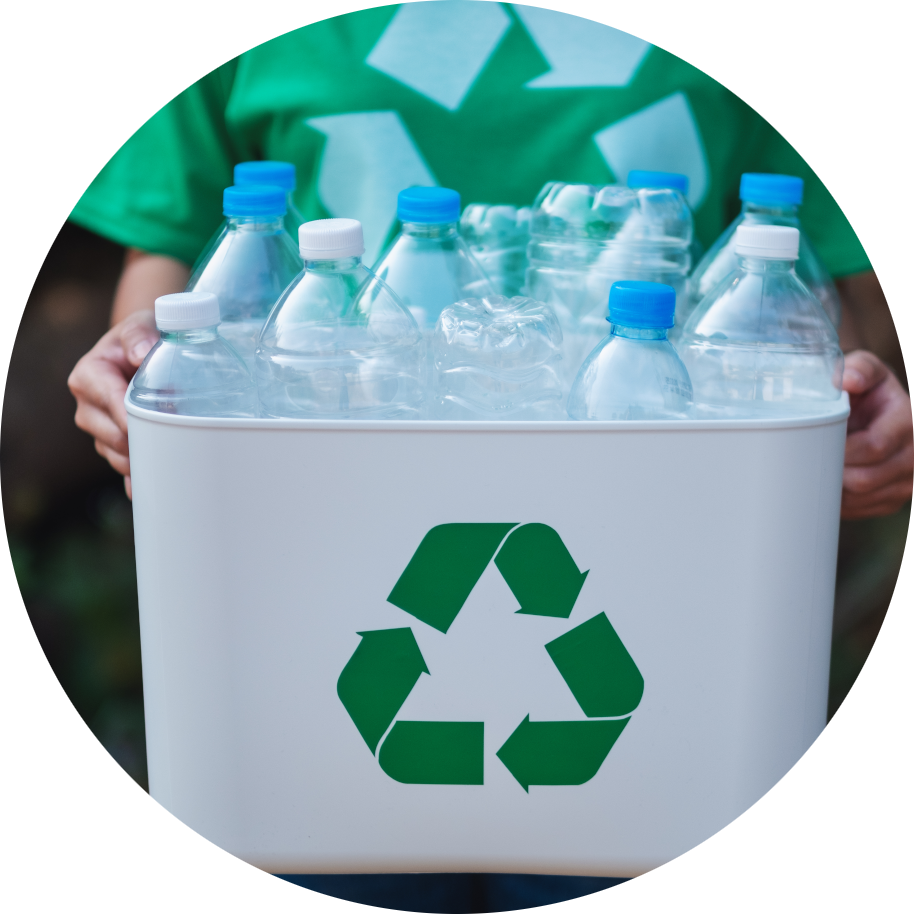
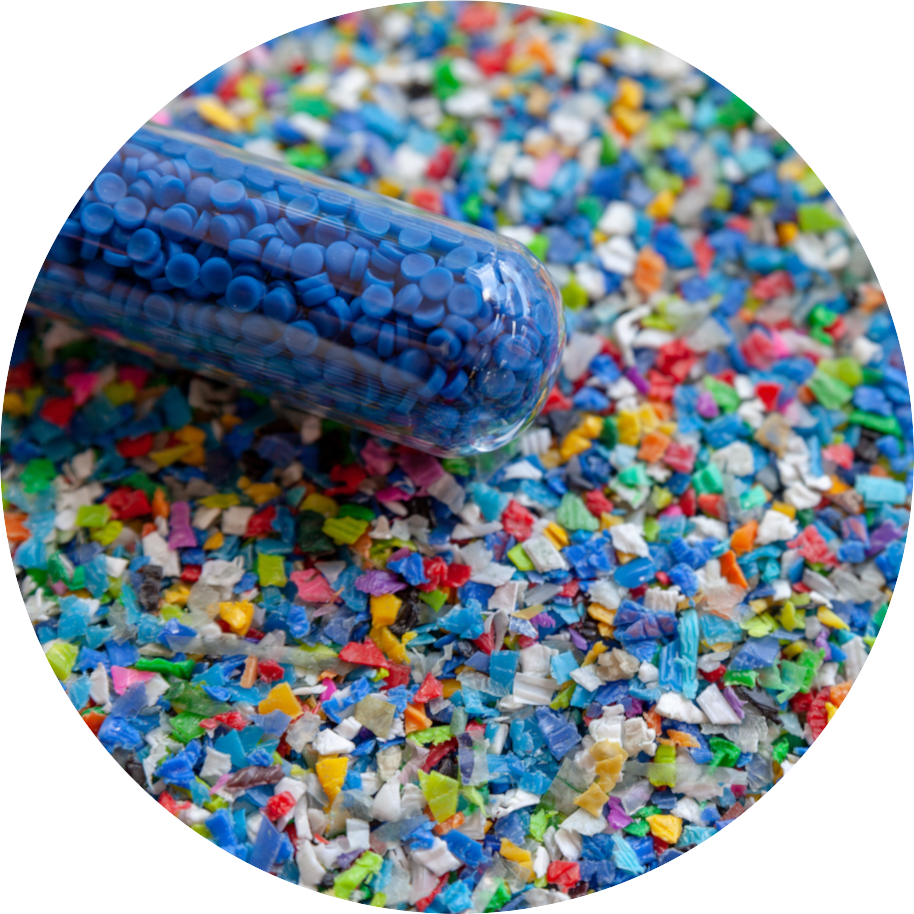
Our thoughts
We believe that today the focal point of discussions on the environmental impact of plastic is not the plastic itself, but a lack of culture by individuals on how to use it. Scientists declare that the problem is not actually the plastic, but man.
Therefore our mission lies in an attempt to transmit the message that plastic, if adequately well-known and correctly recycled, can have several forms of life. This is why we are committed to searching for suppliers that propose modern and eco-sustainable products. These are the objectives on which our ‘belief’ is based:
Promotion of a circular economy
Diffusion of a recycling culture
Search for modern instruments
Our solutions
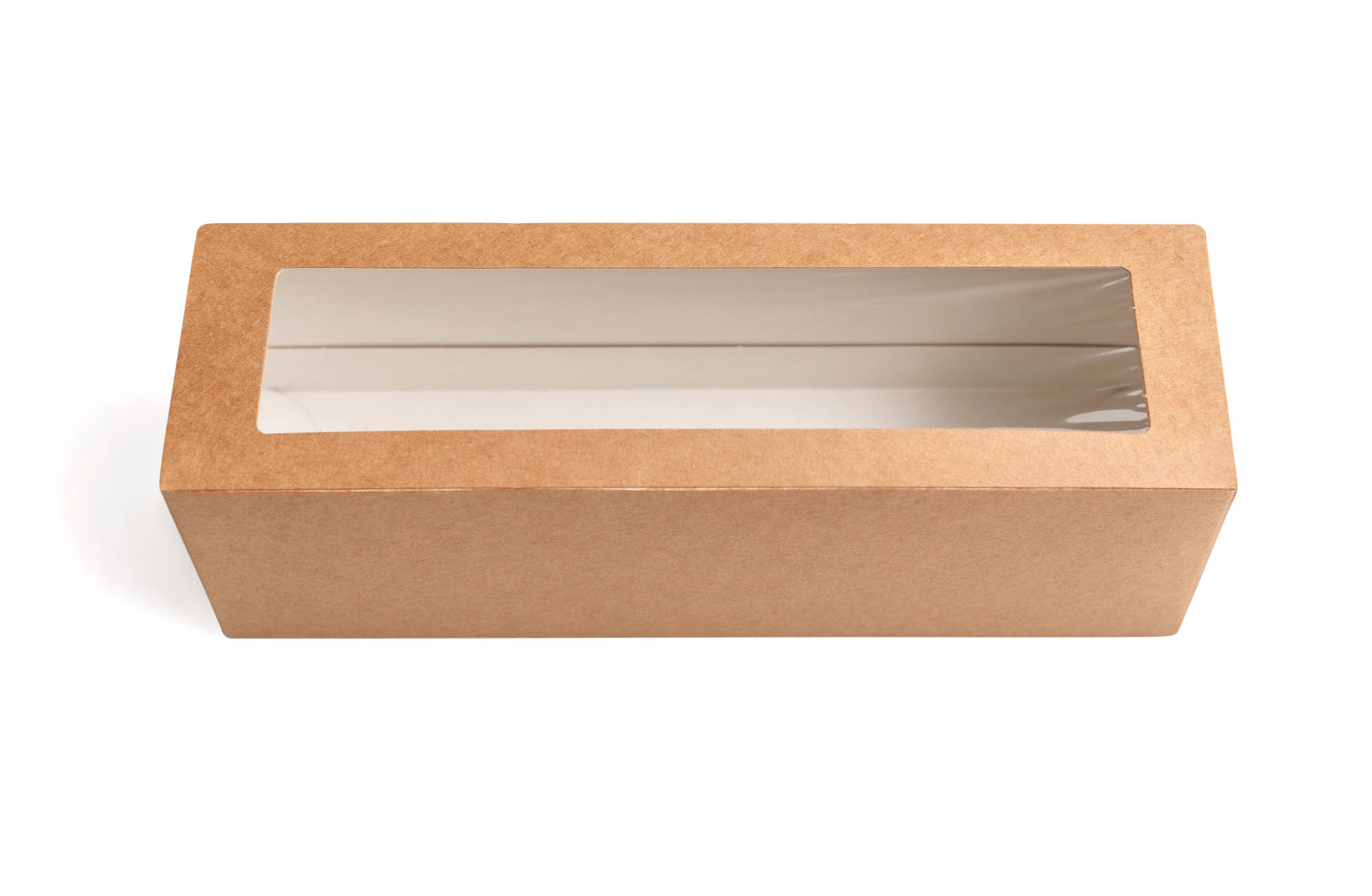
Compostable films
They are characterised by the use of raw materials deriving from sources of renewable origin and poly-lactic acid and polibutilen succinate based. In the last few years the use of bio packaging has increased dramatically.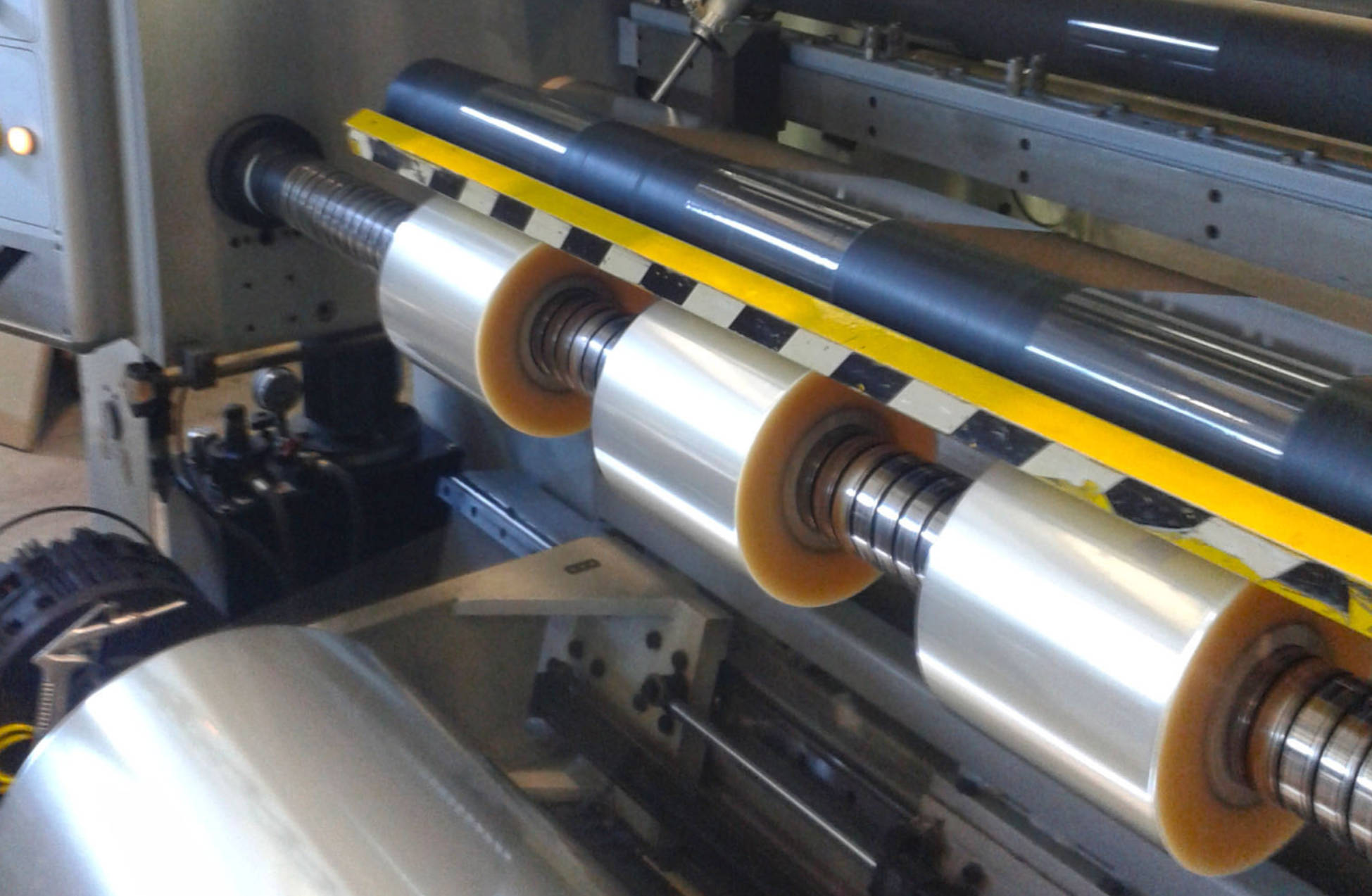
Recyclable films
These are the most sustainable ones for the environment, health and the economy. Their production cycle, use and regeneration provides a high contribution to the development of a circular economy.